Cabbage Baris (Baris spp): [Characteristics, Detection, Effects and Treatment]
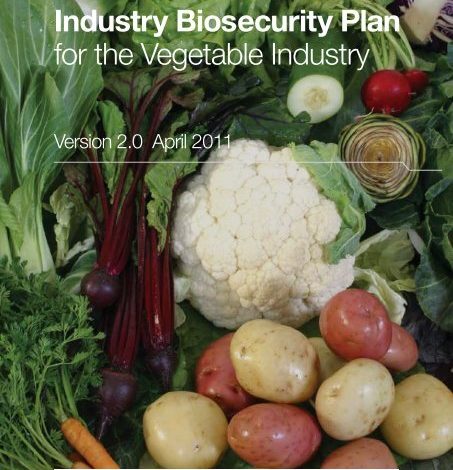
What is cabbage baris?
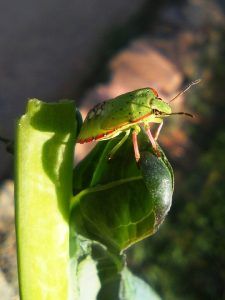 There are some small beetles with the scientific name Baris spp, very tiny that are dedicated to causing damage to young plants in cabbage fields.Turnips, rutabagas, radishes, kohlrabi, are their best dishes.
There are some small beetles with the scientific name Baris spp, very tiny that are dedicated to causing damage to young plants in cabbage fields.Turnips, rutabagas, radishes, kohlrabi, are their best dishes.
The larvae are experts making galleries or tunnels both in the stems and in the roots of the plant, which has the disastrous consequence that the plant withers and then dies.
This species has managed to expand between western, central and southern Europe, even reaching the northern part of the British Isles, Sweden (south) and Denmark. He also likes to live in the upper and lower parts of Poland.
It has an active presence on fallow land, pastures, roadsides, as well as ditches and even on walls and fences and fences.The adults are seen in the spring, between April and July of each year.
How can we identify it?
In general terms, these beetles can be identified as follows:
- They are small creatures of a shocking metallic black.
- They have an estimated total dimension of about 4-7 mm in length, so they are very small.
- In Spain, the most frequent species are the Baris laticollis Marhs, metallic black, along with the Baris Coerulescens, with blue reflections, and the Baris chlorizams Germ, green and metallic blue.
- In the adult phase they hibernate, but from April, in spring, they come out determined to mate and the females will then drill their eggs in the neck of the cruciferous plants, their favorite victims. About two weeks after spawning, the larvae are born, which will live there until June, until they begin their metamorphosis with a swelling at the feeding site.
- The larvae are also specialists in digging holes in the neck of the stem (B. chlorizams) and roots (B. laticollis) of the young plants that they invade, so these will develop poorly, will have deformations, until they wither and die weakened for the bloody incursion.
- Evidence that these beetles and their offspring have been active is that the stems of the plants become dilapidated and hollow at ground level, because they extract all the sap.
- Once this phase is completed, summer arrives and then the larvae become nymphs, inside the galleries that they have built with great skill.
- The nymphs will give way to the young adults, who are willing to overwinter until spring arrives and the life cycle restarts.
What plants does cabbage baris affect?
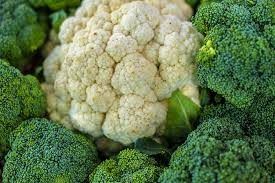 The species Brassica oleracea L, belonging to the cruciferous family, is the most attacked, which includes cabbage, collard greens and cauliflower.
The species Brassica oleracea L, belonging to the cruciferous family, is the most attacked, which includes cabbage, collard greens and cauliflower.
Among the first, are the smooth-leaved cabbage, the curly-leaved or Milan, the Brussels and a generic of other cabbages.
The cabbage, meanwhile, is also a cabbage. There are also fodder crops, where the cabbages of the same name are annexed, known in Spain as the Galician cabbage.
All these varieties suffer from the same pests and diseases throughout their vegetative life, so it is essential to understand that they will not be exempt from attacks by the Baris spp beetle.Here are some of the host plants for this species of tiny beetle:
Vegetable cabbage (Brassica oleracea L); grass radish (R. raphanistrum L); field mustard (Sinapis arvensis L); radish (Raphanus sativus); coastal watercress (Cacile maritima Scop); Panna plantaria (S. altissimum L), among other species.
How to combat the cabbage baris?
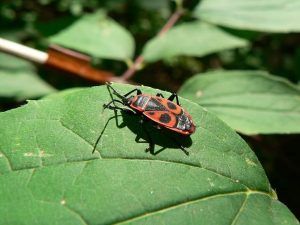 Continuous monitoring, observation and review of the upper and lower sides of the plants after the first weeks of growth have elapsed, are usually very important from a preventive point of view, because eggs that can be quickly exterminated will be observed in time.
Continuous monitoring, observation and review of the upper and lower sides of the plants after the first weeks of growth have elapsed, are usually very important from a preventive point of view, because eggs that can be quickly exterminated will be observed in time.
But there are many more easy-to-follow prevention measures that will help us maintain good health in our cruciferous crop, in order to prevent the cabbage from being damaged, with the usual economic losses involved in this cultivation process.
Let’s see what are the most important agricultural practices.
soil preparation
An intense plowing during the preparation of the soil, 15 days before sowing, will expose all kinds of bugs, because eggs and pupae, adults and insects of all kinds are exposed and thus remain exposed for their predators to exterminate.
Elimination of residues from previous harvests
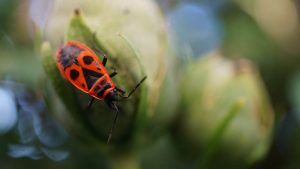 Likewise, it is essential to eliminate all the remains of vegetables and residues from the previous harvest, because if it is infected with Baris, its larvae and eggs, or another bug, then they will live at the expense of the new plant specimens until they are killed.
Likewise, it is essential to eliminate all the remains of vegetables and residues from the previous harvest, because if it is infected with Baris, its larvae and eggs, or another bug, then they will live at the expense of the new plant specimens until they are killed.
It is necessary to collect any residue of organic matter, burning it to have greater safety.
planting time
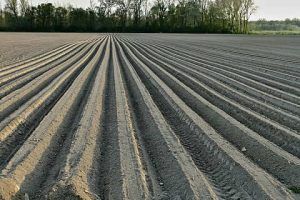 The use, only of certified seeds, is transcendental to prevent the proliferation of diseases, always taking care to protect them, cover them after sowing in the ground, so that a barrier is produced that prevents the arrival of the first instar larvae to the seeds.
The use, only of certified seeds, is transcendental to prevent the proliferation of diseases, always taking care to protect them, cover them after sowing in the ground, so that a barrier is produced that prevents the arrival of the first instar larvae to the seeds.
Sowings should never be carried out in hot seasons, in summer and periods of drought, because these are times when the bugs get excited and seek to venture into the crops.
Irrigation
It is necessary to prevent the appearance of cracks in the soil and this is achieved with the help of irrigation at field capacity that prevents the proliferation of the oviposition of these animals, provided that the surface of the earth is covered with a sheet of water.
What are the best products to remove baris from cabbage?
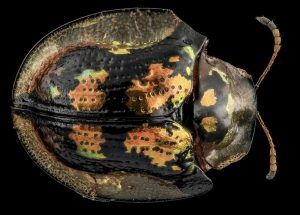 An important piece of information is that although they behave similarly to the so-called false filly or beetle with the scientific name Ceutorhynchus pleurostigma, Baris spp. actually causes much less damage and it will not be necessary to apply aggressive treatments with insecticides of chemical origin, because they rarely They behave like pests.
An important piece of information is that although they behave similarly to the so-called false filly or beetle with the scientific name Ceutorhynchus pleurostigma, Baris spp. actually causes much less damage and it will not be necessary to apply aggressive treatments with insecticides of chemical origin, because they rarely They behave like pests.
They are definitely not as harmful as other species of beetles, although that does not mean that we should be careless, because the larvae sometimes get out of the pattern and can cause the total ruin of the invaded plant.

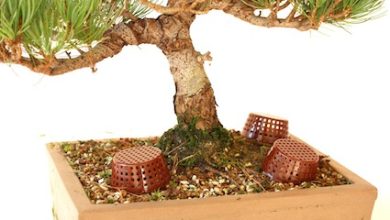
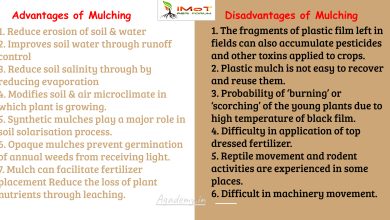
![Photo of Citronella Cuttings: [Concept, Period, Rooting and Planting]](https://www.complete-gardening.com/wp-content/uploads/2022/08/citronella-cuttings-concept-period-rooting-and-planting-390x220.jpg)